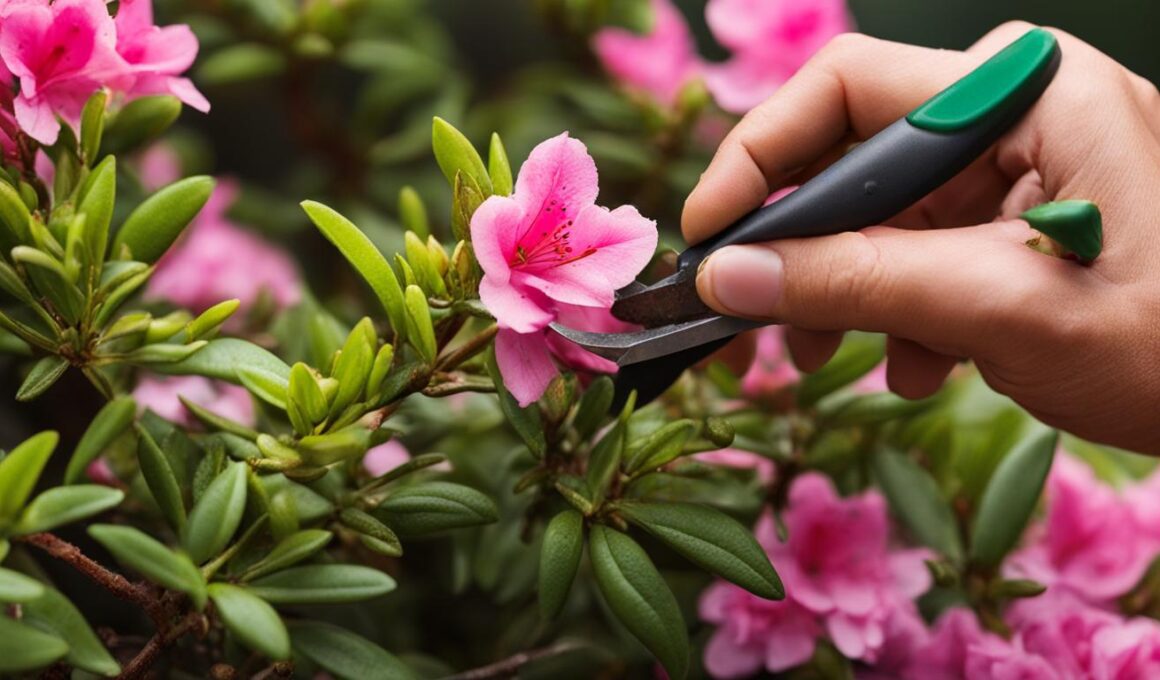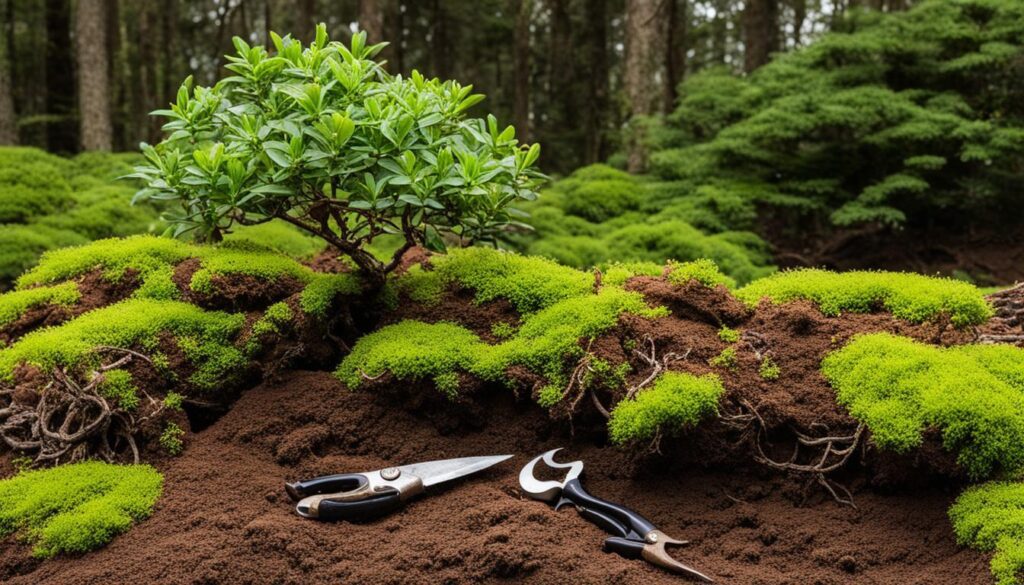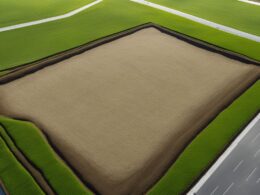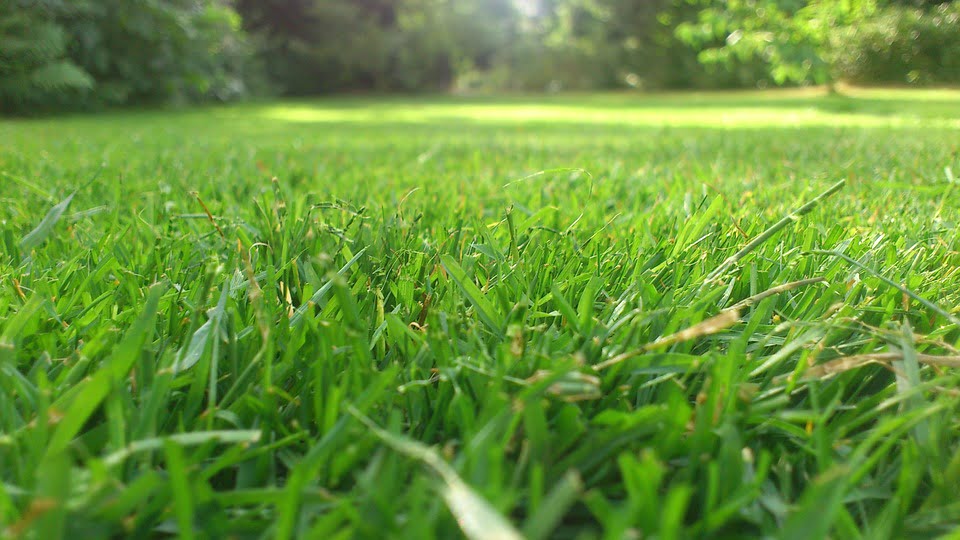Welcome to our guide on propagating azaleas! If you’re a gardening enthusiast looking to expand your collection of these beautiful flowering plants, you’re in the right place. Propagating azaleas is not only a rewarding experience but also a cost-effective way to grow new plants from your existing ones. In this article, we’ll explore different methods of propagation, including cuttings, layers, grafts, and tissue culture, to help you successfully propagate and grow azaleas from cuttings.
Propagating Azalea Cuttings
Rooting azalea stem cuttings is a popular and effective method for propagating azaleas. This technique allows you to create new plants that are genetically identical to the parent plant, ensuring that you can reproduce the desirable characteristics of a specific azalea variety.
To root azalea cuttings successfully, it’s important to choose the right time and materials. Start by selecting new growth that is somewhere between soft and brittle. This growth stage provides the best chance for successful rooting.
Next, remove the lower leaves from the cutting, leaving only a few pairs of leaves at the top. This helps to reduce moisture loss and promotes faster root development. Dip the cut end of each cutting in rooting hormone, which stimulates root growth and increases the chances of successful rooting.
Choose a well-draining rooting medium, such as a mixture of perlite and peat moss. Fill a container with the rooting medium and create holes or furrows to insert the cuttings. Make sure the medium is moist but not waterlogged to prevent rotting of the cuttings.
Place the container in an area with indirect light, as direct sunlight can be too harsh for the delicate cuttings. Maintain a consistent level of moisture in the rooting medium by misting it regularly or covering the container with a plastic bag to create a miniature greenhouse effect.
In about 4-8 weeks, the azalea cuttings should start to develop roots. To check the progress, gently tug on the cuttings to see if there is resistance, indicating the formation of roots. Once the cuttings have rooted, they can be transplanted into individual pots or a suitable growing medium.
Rooting azalea cuttings allows you to expand your azalea collection and propagate your favorite varieties. With patience and proper care, you can successfully root azalea cuttings and enjoy the beauty of these stunning flowering shrubs in your garden.
Stem Layering
Stem layering is a simple and effective method to propagate azaleas by layering. It involves burying a low branch in the ground to encourage the growth of new roots. This technique allows you to create new plants that are genetically identical to the parent plant.
To perform stem layering, start by selecting a healthy branch that is flexible enough to bend towards the ground. Make sure the branch has a few nodes and is not too woody or brittle. Next, dig a shallow trench near the base of the branch where it will come in contact with the soil.
Carefully bend the selected branch down into the trench, ensuring that a portion of it remains above ground. Gently cover the buried section of the branch with soil, making sure to use pegs or heavy objects to keep it in place. This will help ensure proper contact between the buried section and the soil.
Over time, the buried section of the branch will develop roots, drawing nutrients from the soil. You can periodically check the progress by gently lifting the branch and inspecting the emerging roots. Once a sufficient root system has formed, you can cut the layered branch free from the parent plant.
Now, you have a rooted azalea branch ready for transplantation. Carefully lift the rooted section from the ground, taking care not to damage the delicate roots. Pot the new plant in a suitable container with well-draining soil or transplant it directly to a desired location in your garden.
Stem layering is an effective way to propagate azaleas without the need for advanced techniques or equipment. It allows you to create new plants that are genetically identical to the parent, ensuring the preservation of desirable traits. Give stem layering a try and enjoy the satisfaction of growing your own beautiful azaleas!
Azalea Air Layering: Propagating Azaleas with Air Layering
Air layering is a highly effective technique for propagating azaleas, especially for branches that cannot be easily bent to the ground. This method allows you to create new plants from existing ones without the need for complicated equipment or specialized skills.
To begin the air layering process, make a shallow cut in the branch you wish to propagate and apply rooting hormone to encourage root development. Next, wrap moist sphagnum moss around the cut, ensuring it is thoroughly in contact with the branch. Cover the moss with plastic to create a water-tight enclosure, securing it in place.
During the rooting process, it is essential to regularly check the moss to ensure it remains moist. This will create an optimal environment for root growth. Over time, you will see roots form within the moss. Once the roots are well-established, you can cut the branch below the rooted section and carefully plant it in a suitable growing medium.
Azalea air layering provides a reliable and efficient method to propagate these beautiful plants. By using this technique, you can create new azalea plants that maintain the exact characteristics of the parent plant. So, whether you want to expand your azalea collection or share these stunning flowers with others, consider utilizing air layering as your go-to propagation method.
Is the Propagation Process for Azaleas Similar to Storing Amaryllis Bulbs?
The propagation process for azaleas involves rooting cuttings in a moist, well-draining medium. In contrast, storing amaryllis bulbs properly requires drying and storing them in a cool, dry place. While both processes involve plant propagation, the actions taken for each are quite different.










